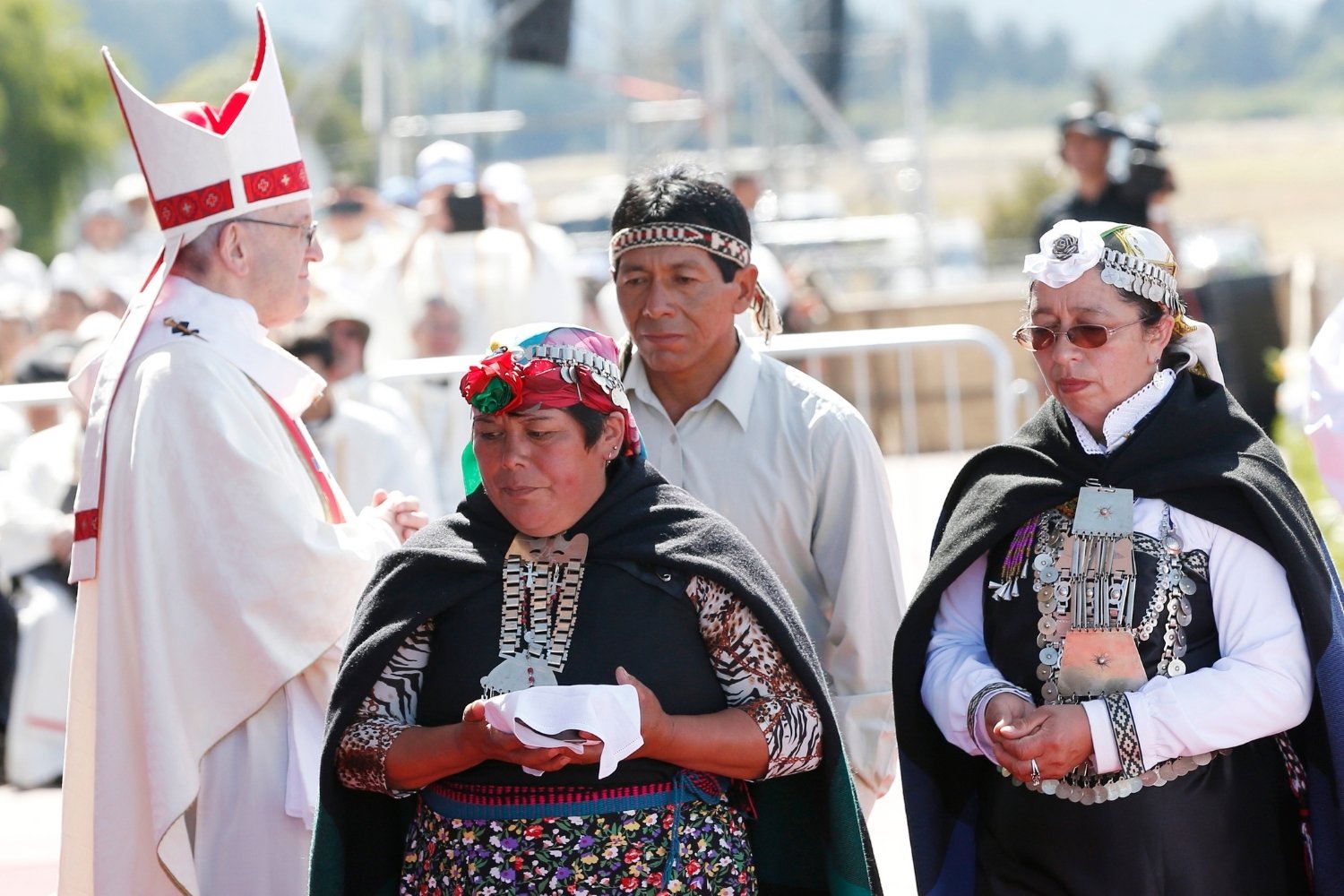
Curious about the Mapuche religion? The Mapuche people, indigenous to Chile and Argentina, have a rich spiritual tradition that intertwines with their daily lives. Their beliefs center around nature, ancestors, and a pantheon of deities. Did you know that the Mapuche view the world as a balance of good and evil forces? They believe in spirits called "Pillán" and "Ngenechen," who influence their world. Rituals and ceremonies play a crucial role, often led by a "Machi," a spiritual leader and healer. The Mapuche also hold a deep respect for the land, seeing it as a living entity. Want to learn more? Dive into these 30 fascinating facts about Mapuche religion to understand their unique worldview.
The Mapuche People and Their Beliefs
The Mapuche, indigenous to Chile and Argentina, have a rich cultural heritage. Their religious beliefs are deeply intertwined with nature, spirituality, and community. Here are some fascinating facts about their religion.
-
The Mapuche religion is known as "Mapuche cosmovision," which encompasses their worldview, spirituality, and practices.
-
They believe in a supreme being called Ngenechen, who is considered the creator of the universe and all living things.
-
Ngenechen is often depicted as a dual entity, representing both male and female aspects.
-
The Mapuche also worship a variety of nature spirits known as "Ngen," who inhabit specific natural elements like rivers, mountains, and forests.
-
The Machi, or shaman, plays a crucial role in Mapuche religion, acting as a healer, spiritual leader, and mediator between the human and spirit worlds.
-
Machis are usually women, although men can also become Machis. They undergo rigorous training and initiation rituals.
-
The Mapuche practice a form of animism, believing that all elements of nature possess a spirit or soul.
-
Rituals and ceremonies are central to Mapuche religion, often involving music, dance, and offerings to the spirits.
Rituals and Ceremonies
Rituals are vital in Mapuche culture, serving to connect the community with their spiritual beliefs. These ceremonies are often elaborate and deeply symbolic.
-
One of the most important ceremonies is the Nguillatun, a communal ritual held to ask for blessings, fertility, and protection.
-
The Nguillatun can last several days and involves the entire community, with participants wearing traditional clothing and performing dances.
-
Offerings during the Nguillatun include food, drink, and animal sacrifices, which are believed to appease the spirits.
-
The Machi leads the Nguillatun, conducting prayers and rituals to invoke the spirits' favor.
-
Another significant ceremony is the Machitun, a healing ritual performed by the Machi to cure illnesses and ailments.
-
The Machitun involves the use of medicinal herbs, chants, and the invocation of spirits to aid in the healing process.
-
The Mapuche also celebrate the We Tripantu, their New Year, which occurs during the winter solstice in June.
-
We Tripantu marks the renewal of life and the beginning of a new cycle, celebrated with feasts, dances, and rituals.
Symbols and Beliefs
Symbols and beliefs in Mapuche religion are deeply rooted in their connection to nature and the spiritual world. These symbols often carry profound meanings.
-
The Kultrun, a ceremonial drum used by the Machi, symbolizes the universe and is essential in rituals.
-
The Kultrun's surface is divided into four sections, representing the four cardinal directions and the Mapuche worldview.
-
The Rewe, a sacred wooden totem, serves as a spiritual axis and is used in various ceremonies.
-
The Rewe is often decorated with symbols and offerings, believed to channel spiritual energy.
-
The Mapuche believe in the existence of good and evil spirits, with the Machi playing a key role in maintaining balance.
-
Dreams are considered significant in Mapuche religion, often interpreted as messages from the spirit world.
-
The Mapuche practice a form of ancestor worship, believing that deceased relatives continue to influence the living.
-
They hold that the soul, or "Püllü," can travel between the physical and spiritual realms.
Modern Influences and Practices
Despite modern influences, many Mapuche continue to practice their traditional religion, blending it with contemporary beliefs.
-
Christianity has influenced some aspects of Mapuche religion, leading to a syncretic blend of beliefs.
-
Some Mapuche communities incorporate Christian symbols and rituals into their traditional practices.
-
The Mapuche have faced historical persecution, yet their religious practices have persisted and adapted over time.
-
Efforts to preserve and revitalize Mapuche culture and religion are ongoing, with younger generations learning traditional practices.
-
The Mapuche continue to advocate for their rights and recognition, including the protection of their sacred sites.
-
Mapuche spirituality emphasizes harmony with nature, community, and the interconnectedness of all life.
The Heart of Mapuche Beliefs
Mapuche religion is a rich tapestry of traditions, rituals, and beliefs deeply connected to nature and the cosmos. Their spiritual practices revolve around the Nguillatun ceremony, which seeks harmony with the divine. Machis, or shamans, play a crucial role in healing and guiding the community through spiritual journeys. The Mapuche's respect for Pillan (ancestral spirits) and Ngenechen (the supreme deity) highlights their reverence for both the past and the divine.
Understanding these aspects offers a glimpse into a culture that values balance, respect, and interconnectedness. The Mapuche's spiritual world isn't just about rituals; it's about living in harmony with the environment and honoring their ancestors. This deep-rooted spirituality continues to shape their identity and way of life, making the Mapuche religion a fascinating subject for anyone interested in indigenous cultures and their enduring legacies.
Was this page helpful?
Our commitment to delivering trustworthy and engaging content is at the heart of what we do. Each fact on our site is contributed by real users like you, bringing a wealth of diverse insights and information. To ensure the highest standards of accuracy and reliability, our dedicated editors meticulously review each submission. This process guarantees that the facts we share are not only fascinating but also credible. Trust in our commitment to quality and authenticity as you explore and learn with us.
